What is OTT, and How Does It Compare to Traditional Broadcasting?
What is OTT – In these modern times, the manner through which people watch television and engage with mass media has considerably changed from those traditional periods. Sitting in front of some TV at a particular hour of the day for your favorite show is quite out. Today, smart devices and the internet mark the rise of streaming culture. This brought in two major players in this mix: OTT platforms and traditional broadcasting.
But what is OTT, in any case, and how different is it from the good old ways of viewing a television? Let’s examine it closer.
Read More – Best OTT Platforms In India 2025
Table of Contents
What is OTT? (Understanding OTT: What Does It Mean?)
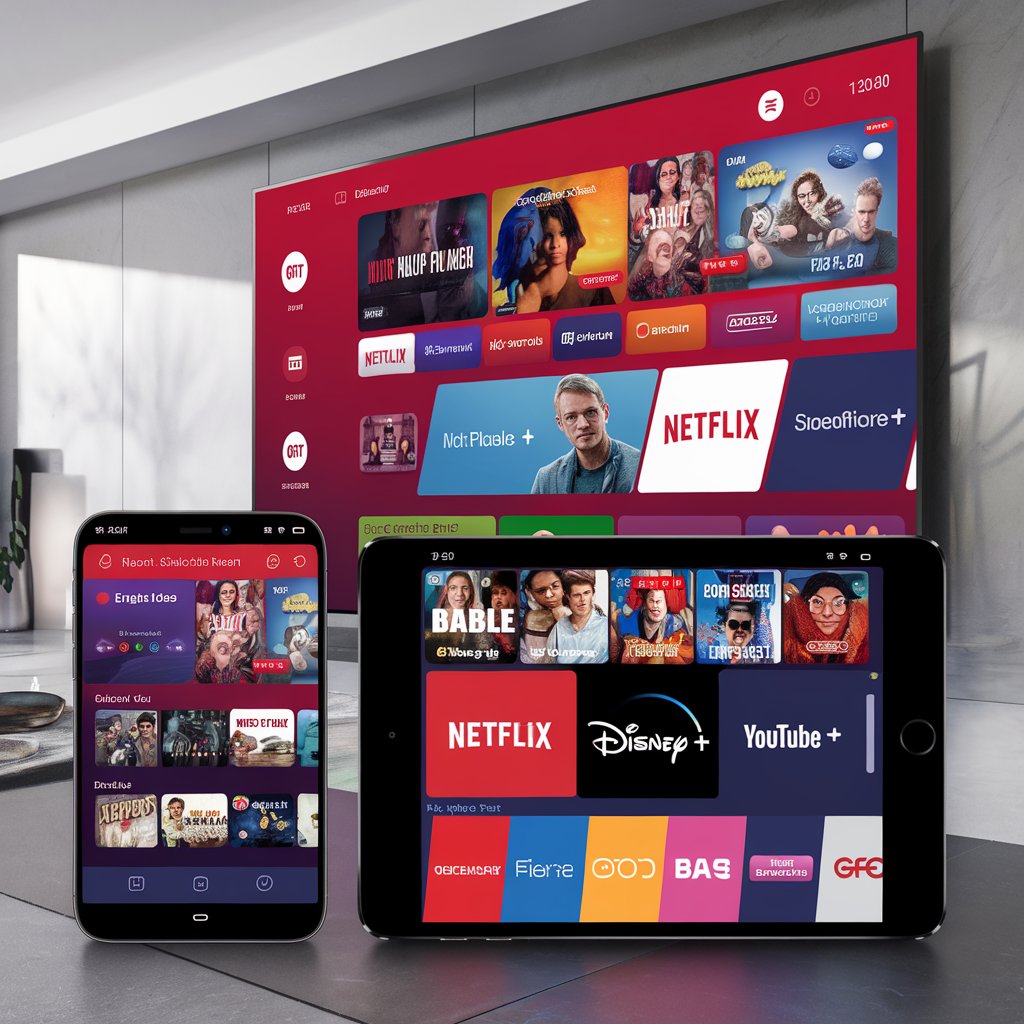
OTT stands for “Over-The-Top,” which is a fancy way of saying content delivered through the internet. Instead of using cable or satellite providers as middlemen, OTT platforms like Netflix, YouTube, and Disney+ allow you to stream shows, movies, and more directly on your devices.
How Did OTT Get Here?
OTT started gaining popularity in the starting of the 2000s, when accessing the internet became more convenient for the people around the world. Before that you were only able to access OTT from the PC. If lookin the current scenario, you can easily access OTT via smartphones, pc, smart tv’s, and from tablets, you can thanks to the technology which became more advanced in just a couple of years.
What Makes OTT So Popular?
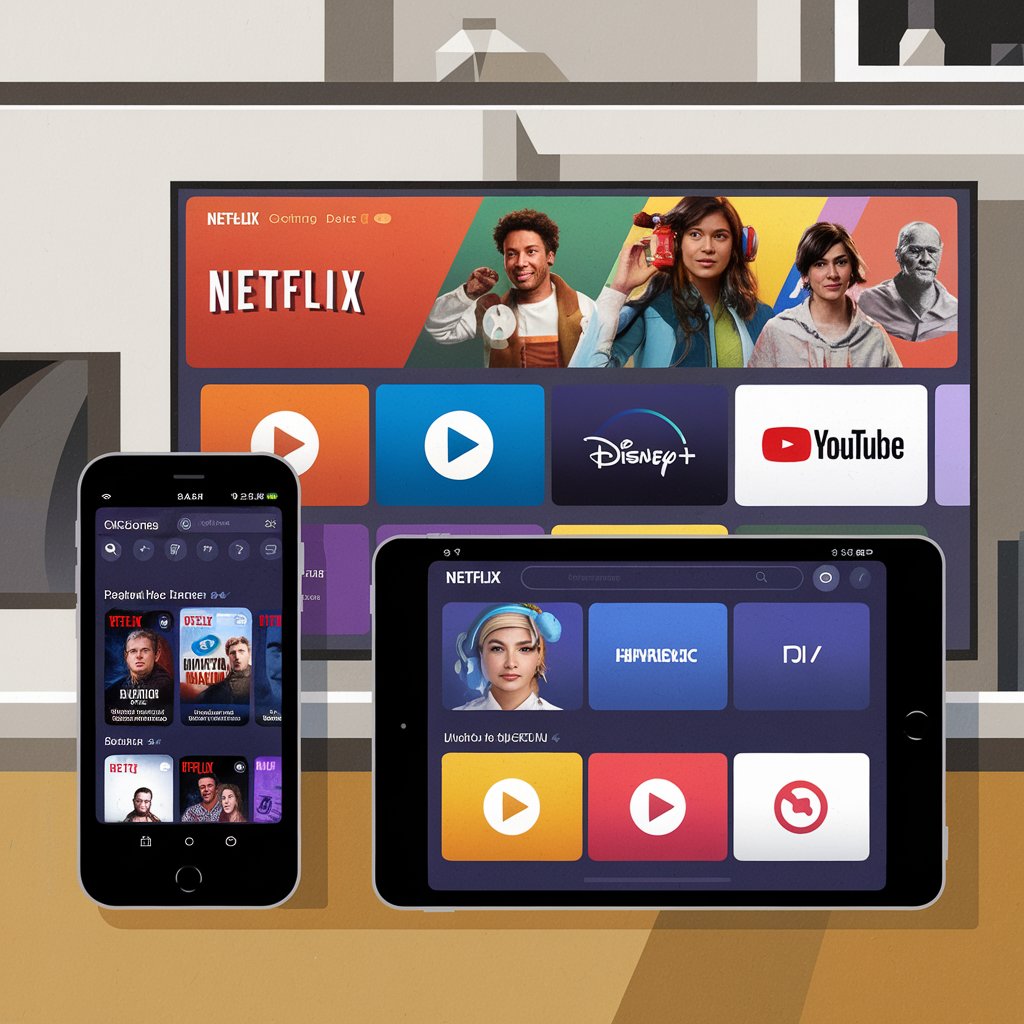
Read More – From Cables to Clicks: How OTT Platforms Redefined Entertainment for a Digital World
- No Cable Needed: All you need is an internet connection, and you’re good to go.
- Watch When You Want: No more waiting for a specific time slot—stream whenever it suits you.
- Any Device, Anytime: From phones to smart TVs, OTT platforms work across a range of devices.
What is Traditional Broadcasting?
Traditionally, there existed only traditional broadcasting, with a pre-takeover-by-OTT status quo where everyone was either watching their local cable, satellite TV, or getting it on air from some antenna, thus depending upon the whims and fancies of the broadcasters who determine what gets played when.
The Main Types of Traditional Broadcasting
- Cable TV: Delivered via wired connections.
- Satellite TV: Uses satellite signals to transmit content.
- Terrestrial Broadcasting: Relies on antennas to pick up signals.
Drawbacks of Traditional TV
- Rigid Timings: You are not able to watch your favorite tv show whenever you want, as these are scheduled by their own time.
- Higher Costs: Buying a TV and getting cable or satellite connection is becoming a headache and costlier for common people.
- Limited Personalization: Everyone gets the same programming with little room for customization.
OTT vs. Traditional Broadcasting: The Key Differences
How Content is Delivered
- OTT: This can stream directly through the Internet anywhere anytime.
- Traditional Broadcasting: Requires physical infrastructure like cables or satellites.
Convenience for Viewers
- OTT: You can Watch OTT on any device, at any time, as long as you have an internet connection.
- Traditional Broadcasting: Limited to TVs and specific time slots.
Cost Factor
- OTT: OTT is more reliable and cheaper than and it also comes up with a free plan that includes free options supported by ads.
- Traditional Broadcasting: Comes with subscription fees and equipment costs.
Variety of Content
- OTT: This is a box with a bunch of tv shows from around the world, in multiple languages, no matter horror, action drama.
- Traditional Broadcasting: Sticks to predetermined channels and schedules.
Reason Why OTT Gaining Popularity
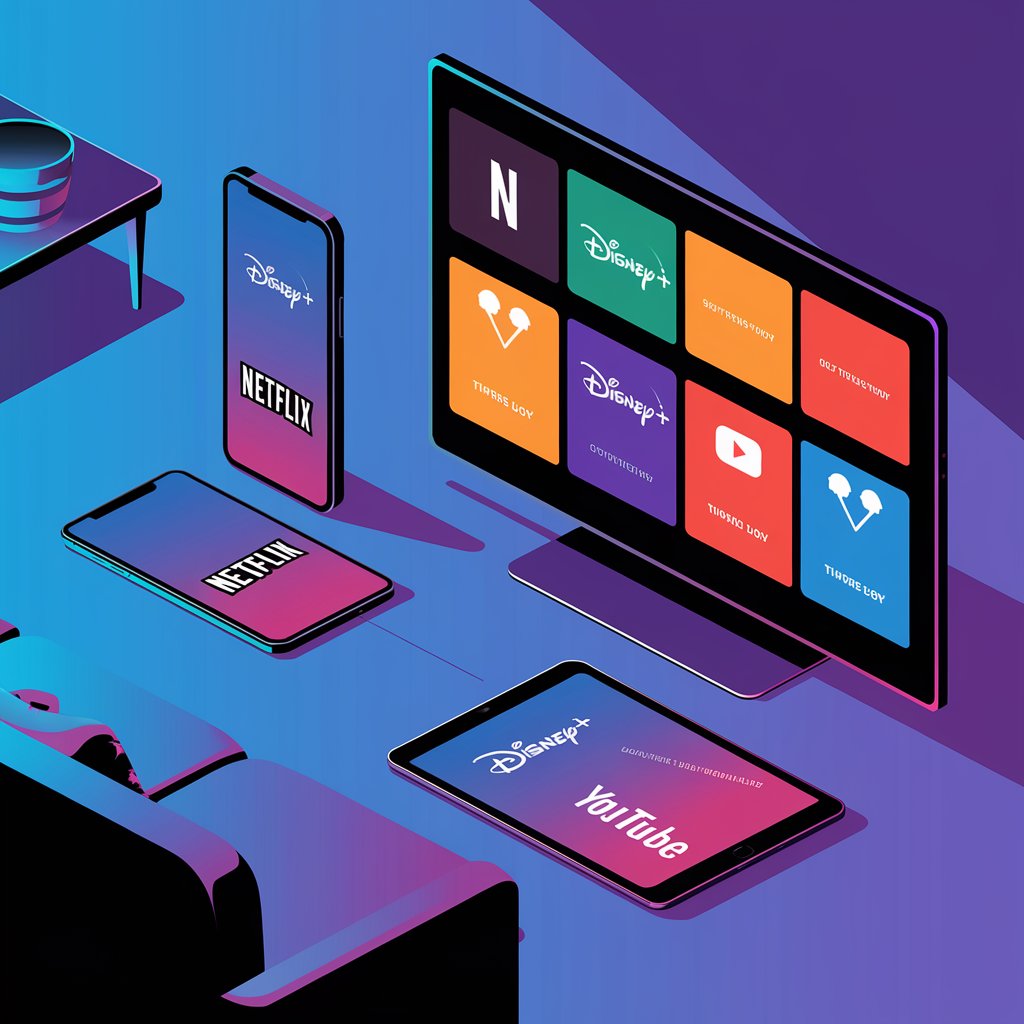
- Watch Anywhere, Anytime
The days when we will wait for the clock to hit 8PM and you are able to watch your favorite show. With OTT, you can access it on your morning commute, during lunch breaks, or late at night. - More Choices
From international movies to niche documentaries, OTT platforms cater to all tastes. - Personalized Recommendations
The curious case of how Netflix seemingly knows what you will enjoy. Well, that’s AI hard at work at recommending something that you might watch for that you already have in the history. - Budget-Friendly Options
OTT is actually often less expensive than traditional cable or satellite TV-whichever it may be-paying either way.
Challenges For OTT Platforms
Of course, OTT isn’t perfect. Some common challenges include:
- Internet Dependence: Without a decent internet, streaming is frustrating.
- Too Many Choices: So many platforms make it impossible to choose the right one.
- Content Licensing Issues: Regional restrictions sometimes limit what’s available to viewers.
How Traditional Broadcasting is Keeping Up?
Traditional broadcasters aren’t sitting back and watching OTT take over. They’re adapting in creative ways:
- Hybrid Models: Offering a mix of traditional television and streaming services to suit both markets.
- Collaborations with OTT: Bundling of cable and streaming subscription packages.
- New Features: Adding on-demand options and DVRs so that it stays relevant.
The Future: Can OTT and Traditional TV Coexist?
What’s Next For OTT
OTT platforms only go better with technology such as AI, 5G, and augmented reality. So, expect smarter recommendation, faster streaming, and more interactive features.
Room for Both
It is also important to understand that the growth of OTT will not replace broadcasting just yet. Broadcasting would still be preferred for live sports, news, and other locations where internet access is unavailable.
FAQs – What is OTT?
- What does OTT mean?
It is Over-The-Top, meaning it refers to content that goes directly over the internet.. - How is OTT different from traditional TV?
OTT is flexible and runs on demand. The old TV uses a fixed schedule and has to depend upon physical infrastructure. - Can OTT replace traditional broadcasting?
Not really. There are still a lot of uses for traditional TV, like live events and areas where the internet is weak. - What are some popular OTT platforms?
There’s Netflix, Disney+, Amazon Prime Video, Hulu, and so many others. - Is traditional TV still relevant?
Yes, especially for live sports, breaking news, and areas with limited internet access.
References & Information Source – We (OTT Ratings) Analysis & Res
- “Global OTT Market Report 2024,” Industry Insights
- “The Rise of Streaming Services,” TechJournal
- “How COVID-19 Impacted OTT Consumption,” Media Trends Analysis
Stay tuned to ottratings.com – Your ultimate guide to OTT trends, reviews, and everything streaming!”
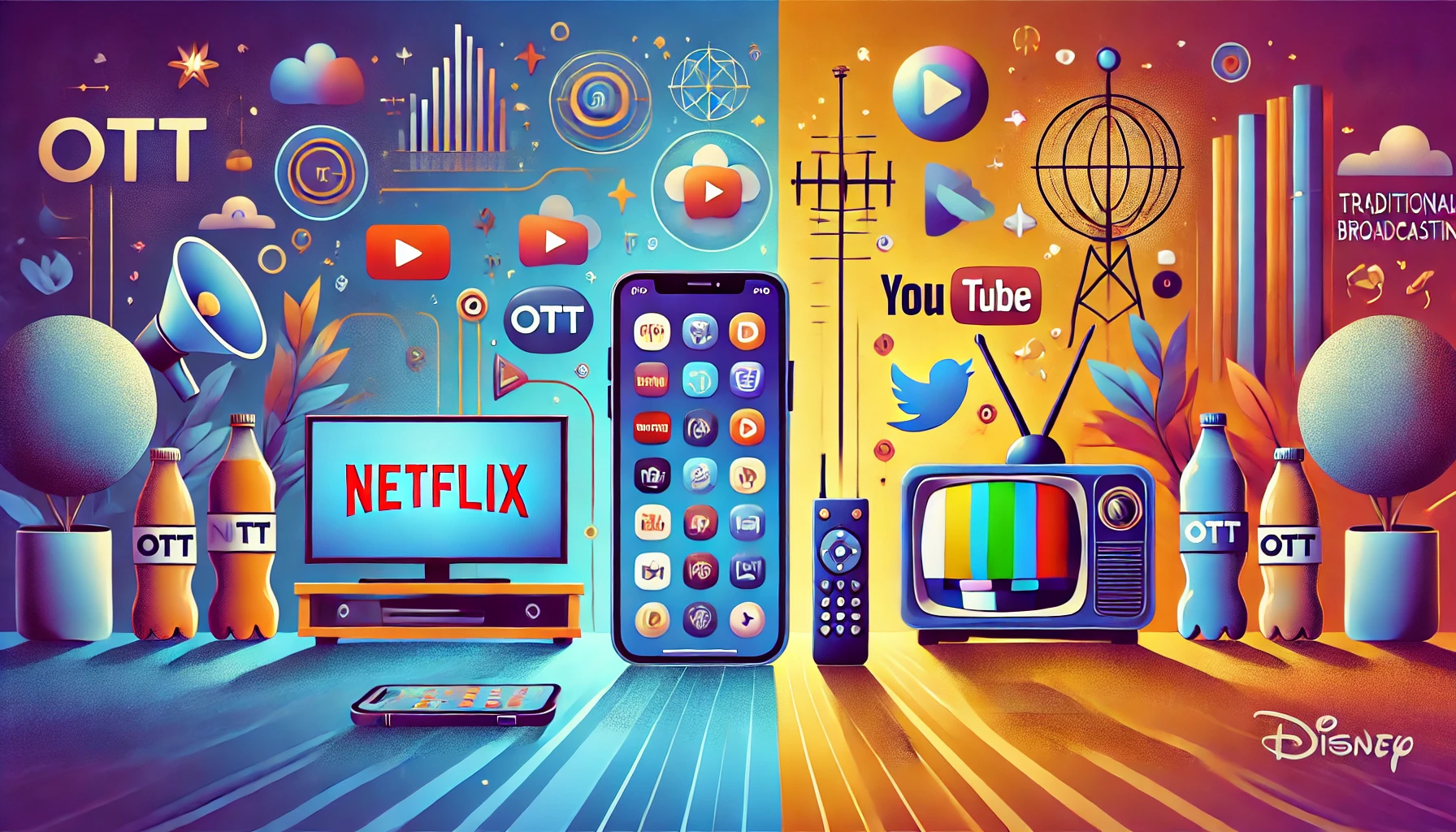
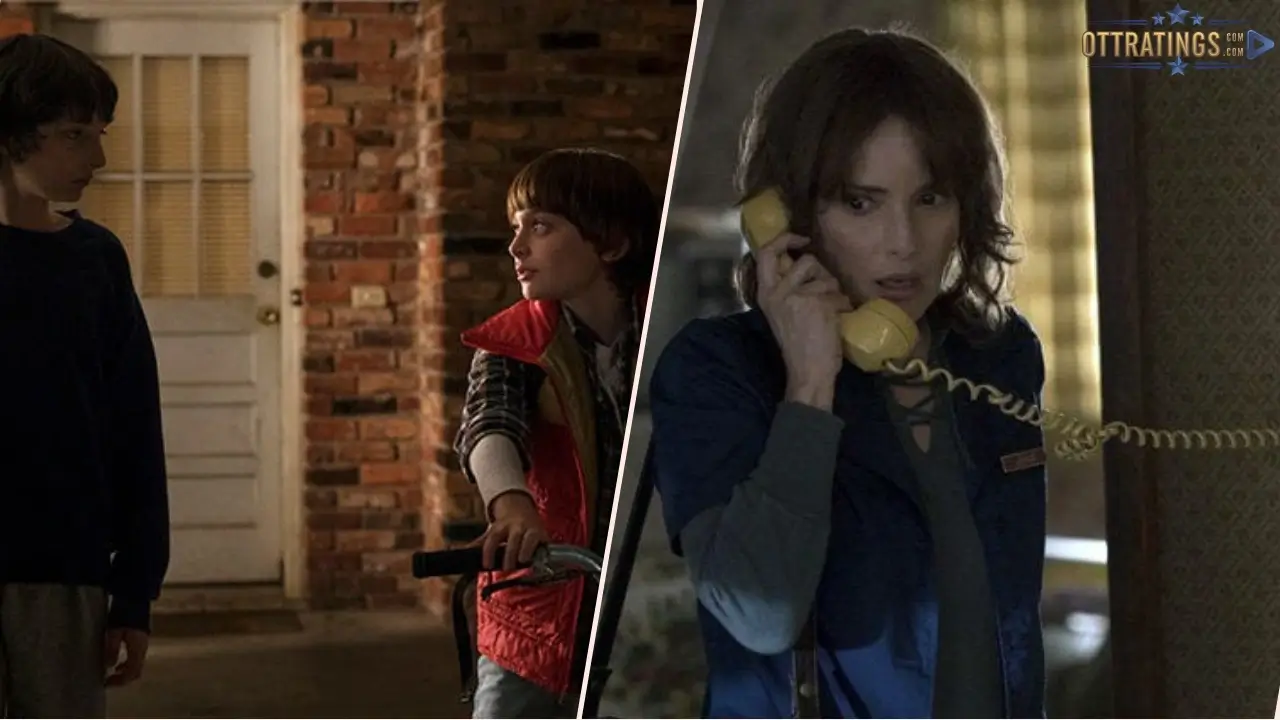

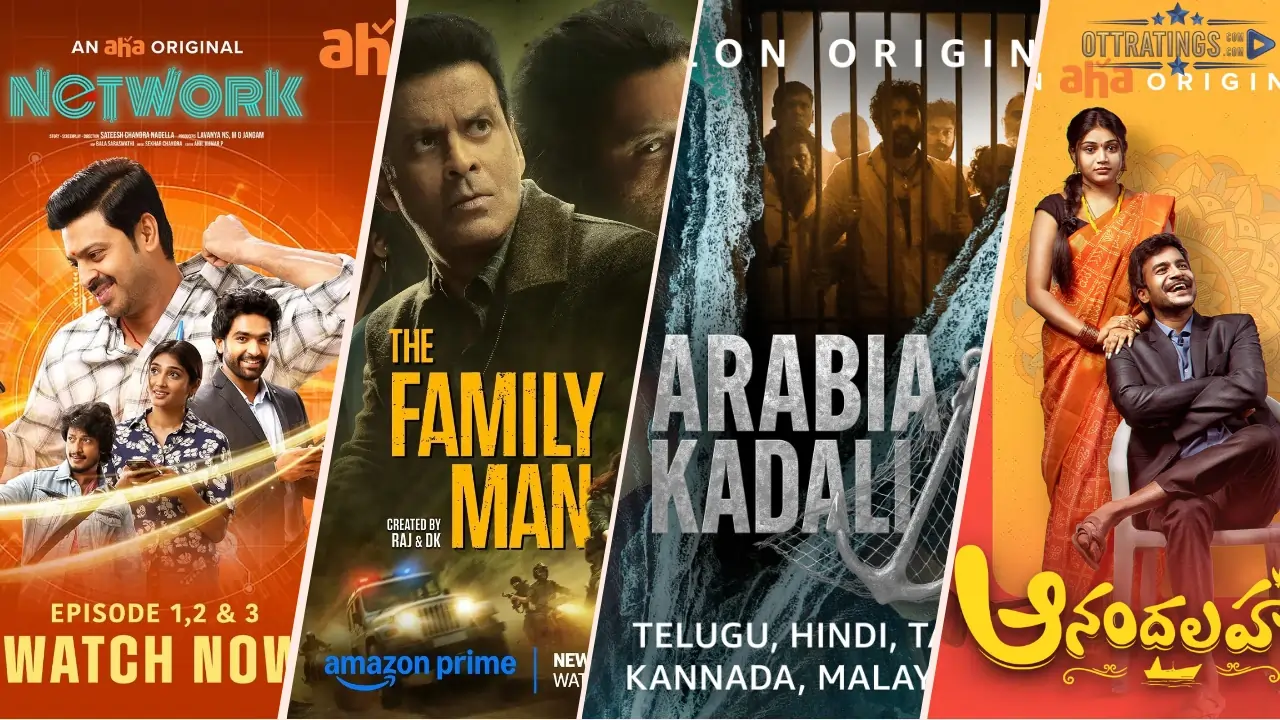



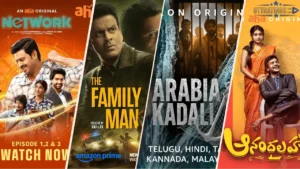




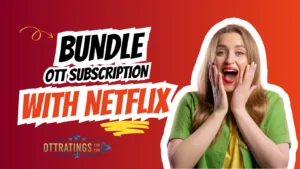

Post Comment